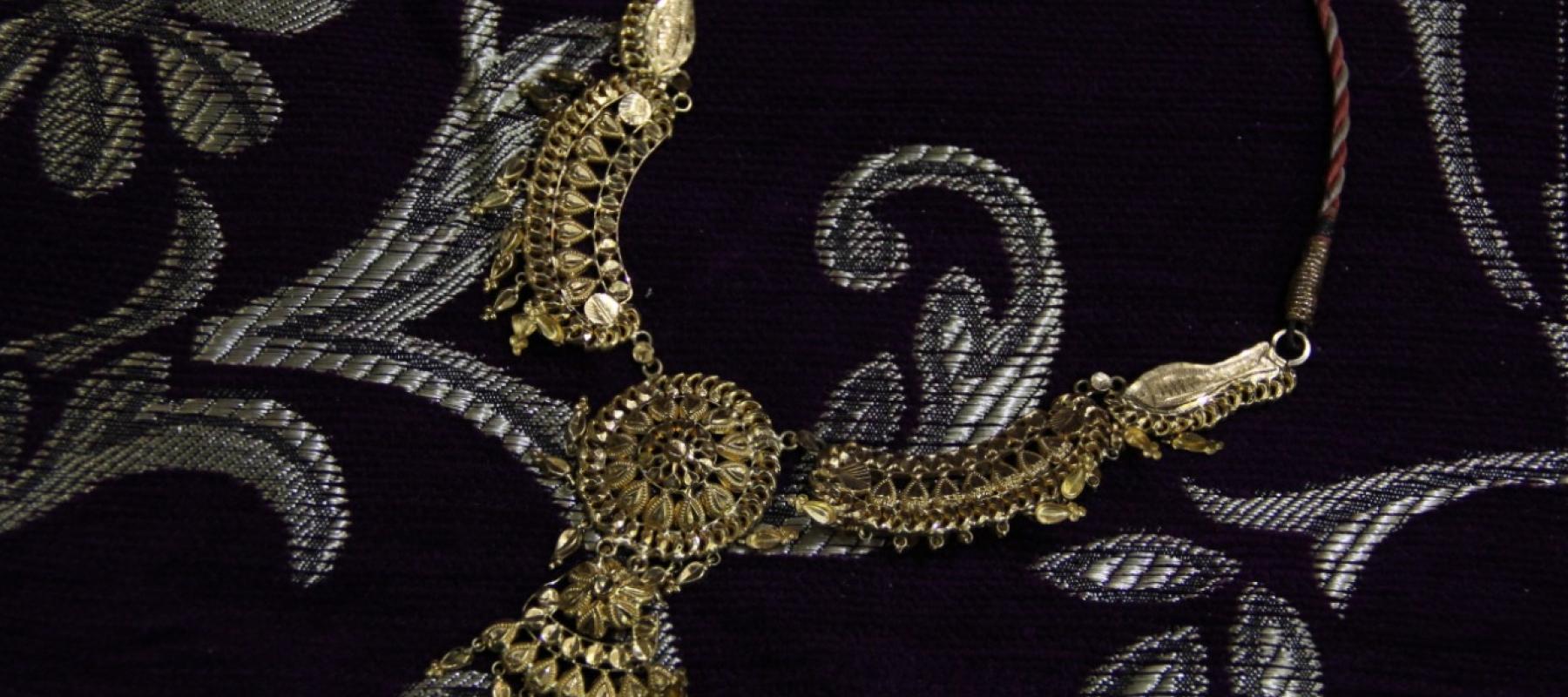From the time of the Harappan Civilisation, the people of the Land of the Five Rivers wore jewellery made from the various metals prevalent in those days. Right from the hair to the feet, there are distinct pieces of jewellery that highlight the beauty of Punjabi women. Earlier, men wore jewellery regularly as well, but these days this trend seems to have changed. Apart from human beings, idols of gods and goddesses and even ceremonial animals like elephants, cows and horses, are adorned with jewellery. Jewellery in the ancient times was not seen just as an adornment, but each stone was endowed with a particular mystical quality and used as a protection against evil forces. The ‘navaratna’ or nine gems, each sacred to a planet, are known to be worn in a particular order. The significance of jewellery in the life of Punjabis is evident from the gifts they receive throughout their lives. Since ancient times, the tradition of gifting jewellery items has continued. Jewellery is seen as an investment as it provides financial security to women who can sell it in times of need. Traditional Punjabi jewellery was made of carved gold and the then Moghul rule further embellished Indian jewellery by bringing in kundan (glass work) and Polki (uncut diamonds) work as well as reviving enamel work (minakari) whose traces were first found in ancient Taxilla. This walk will explore the evolution of Punjabi jewellery right from the Gold Saggi Phul, Laung and Rani Haar to the contemporary pieces of today. The highlight of the walk will be a personalised description of jewellery pieces and their making at Roop Chand and Sons Jewellers, Sanauri Gate, Patiala.
This guided tour is free.


